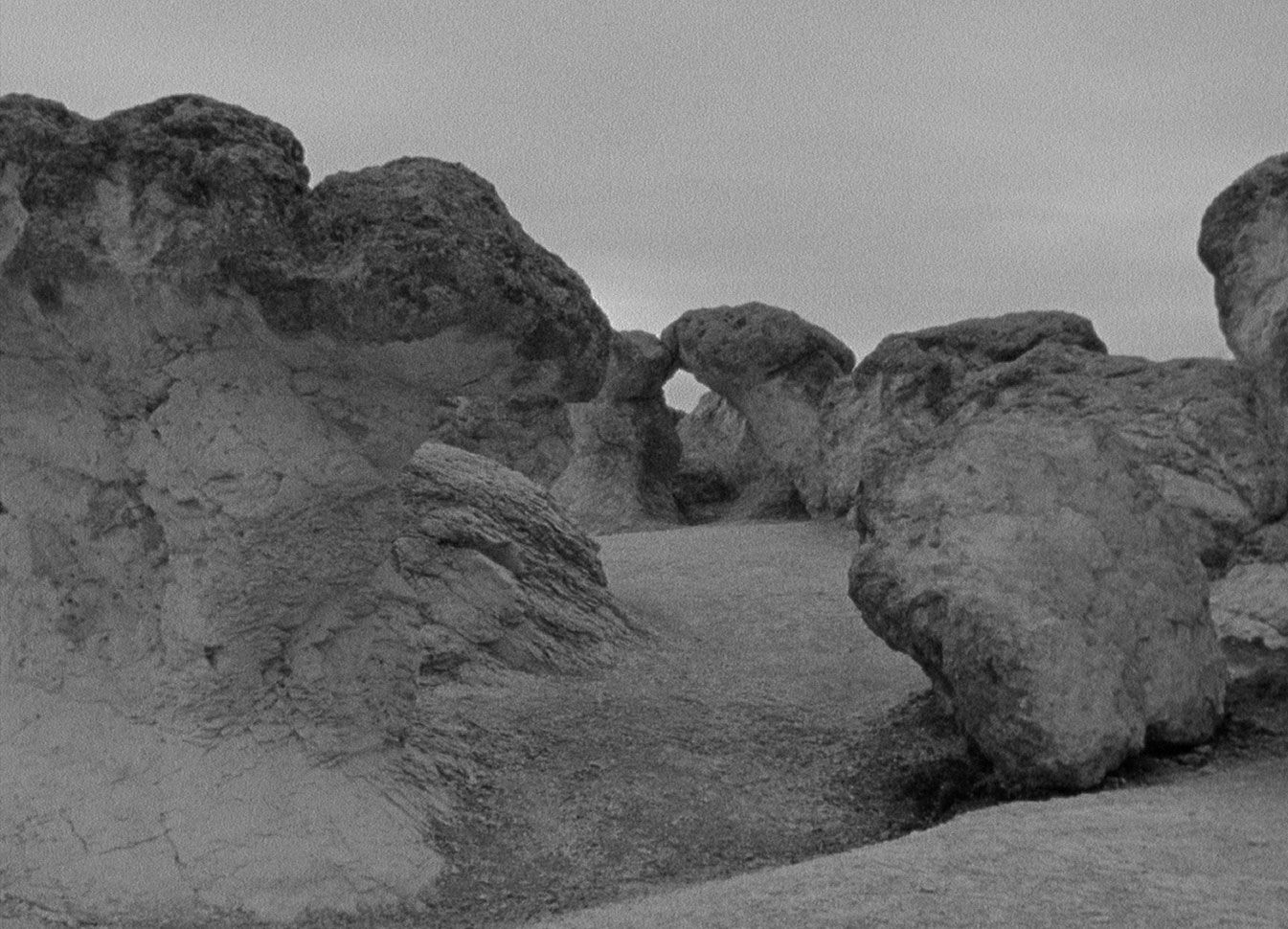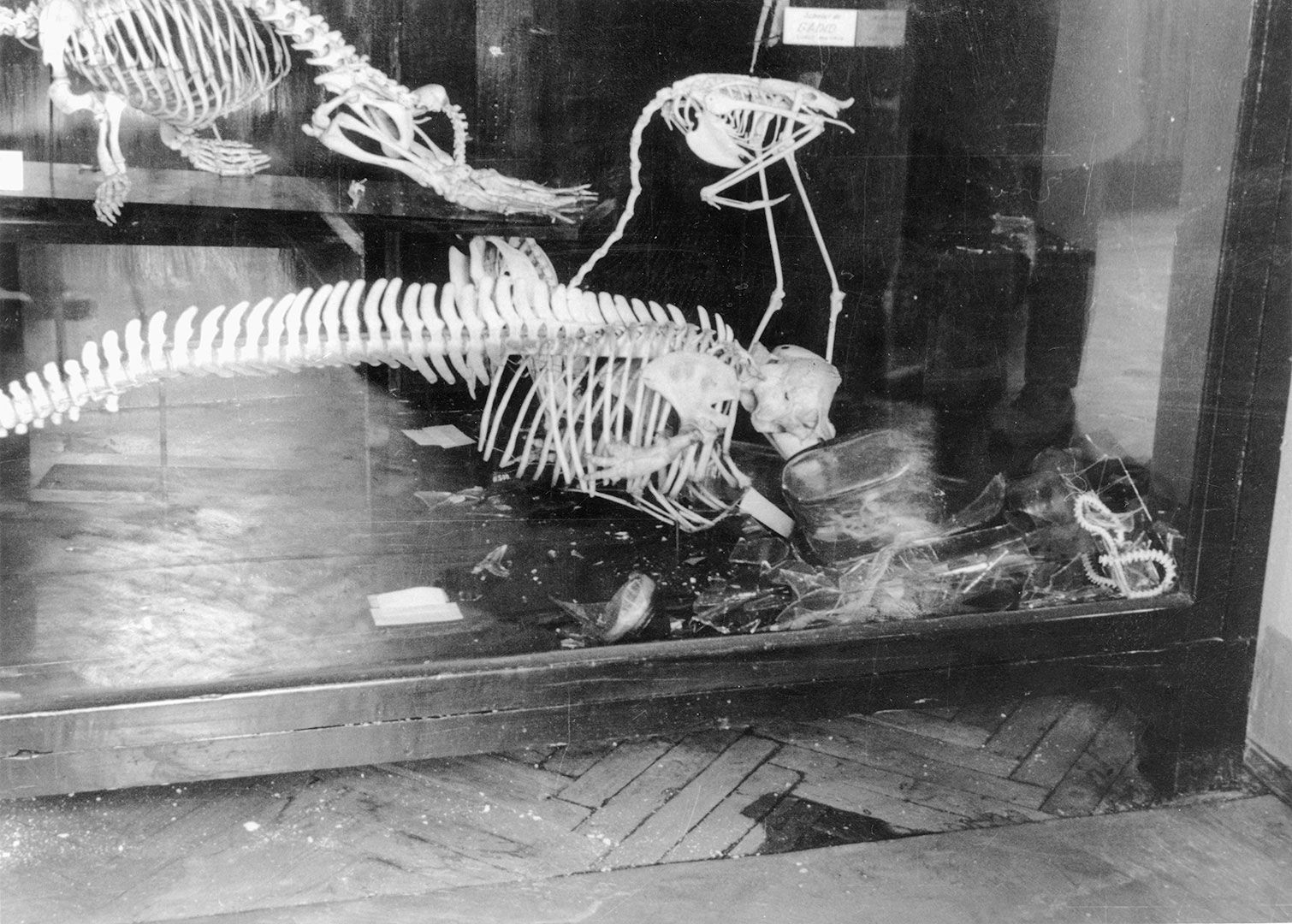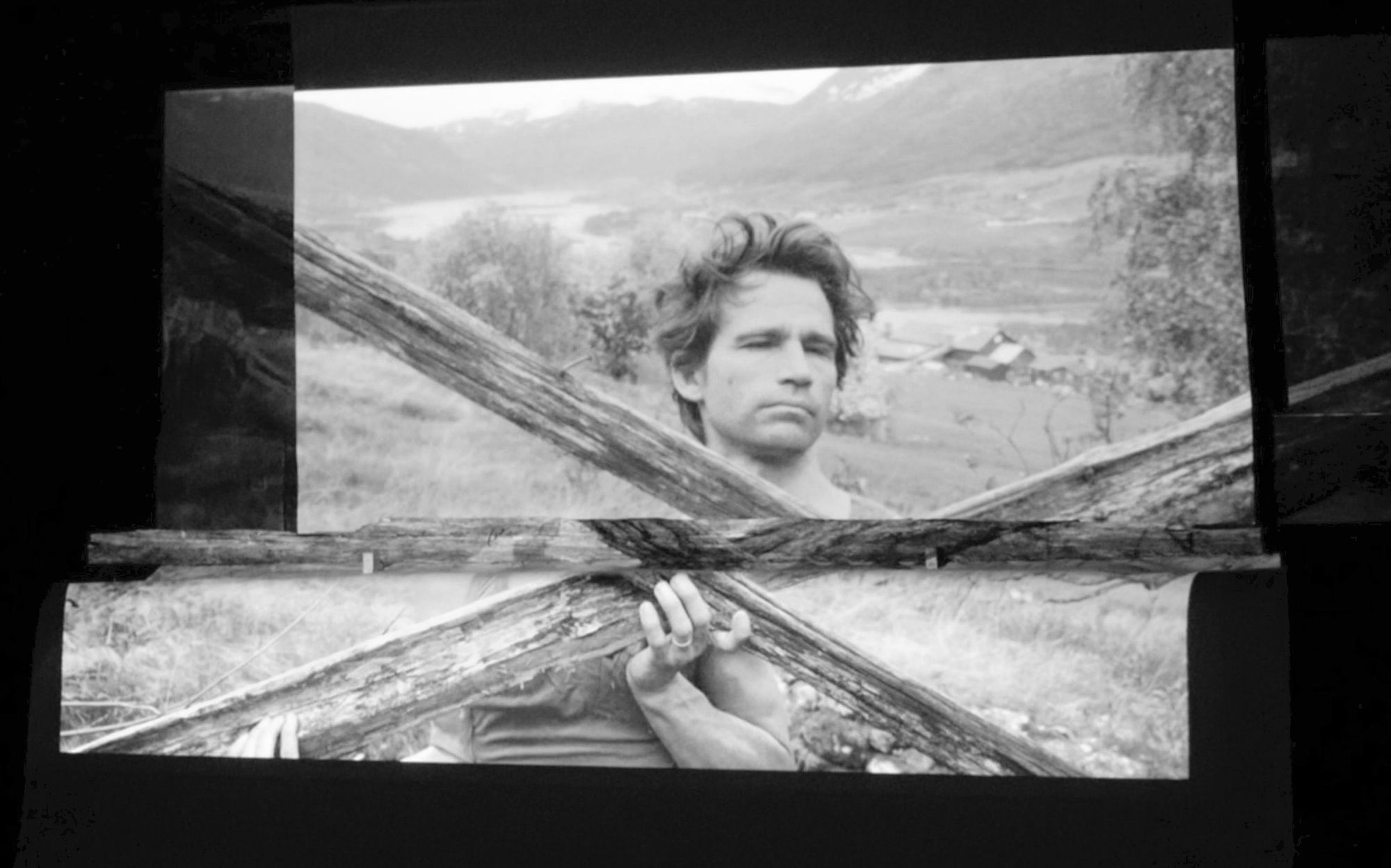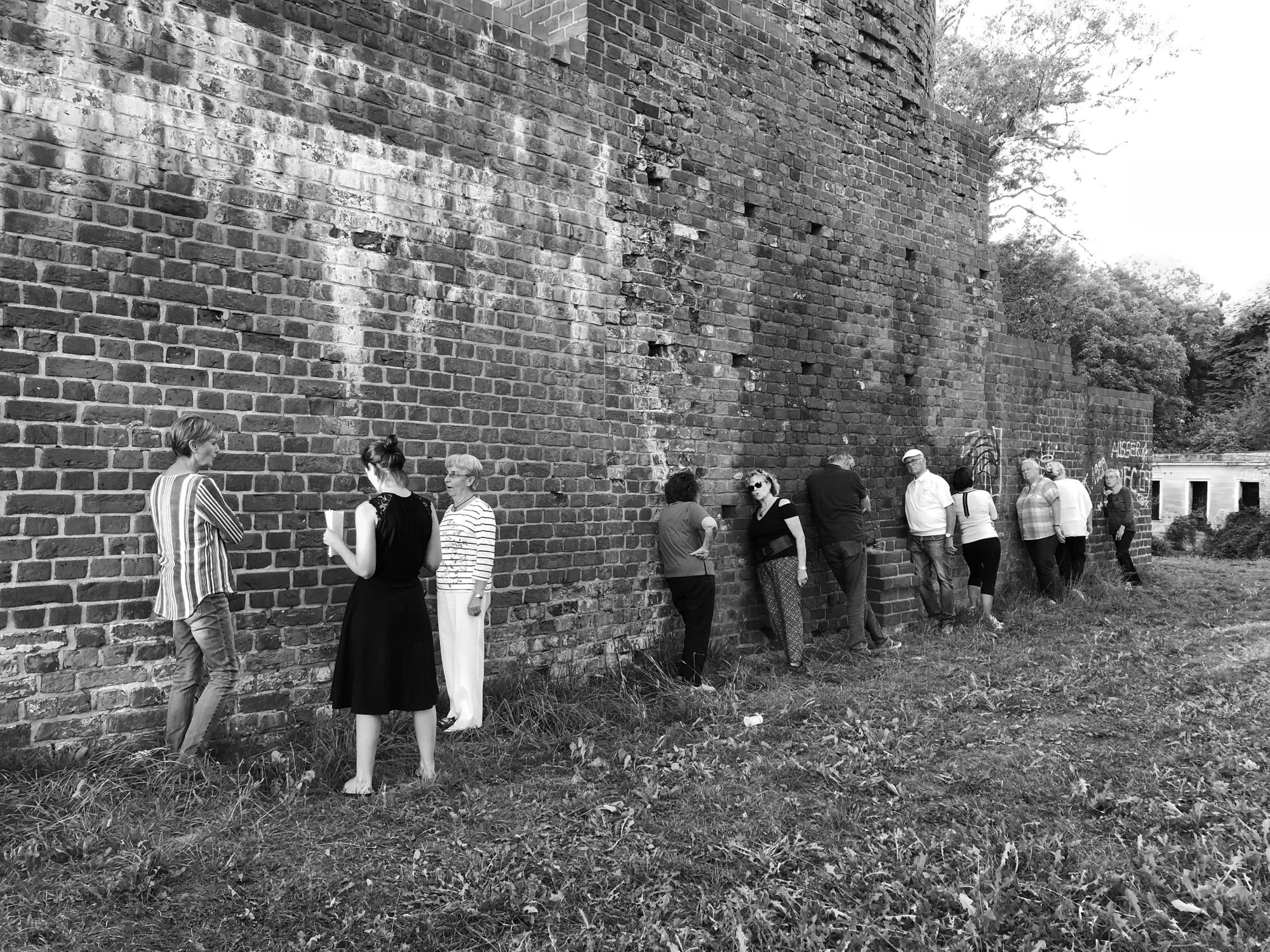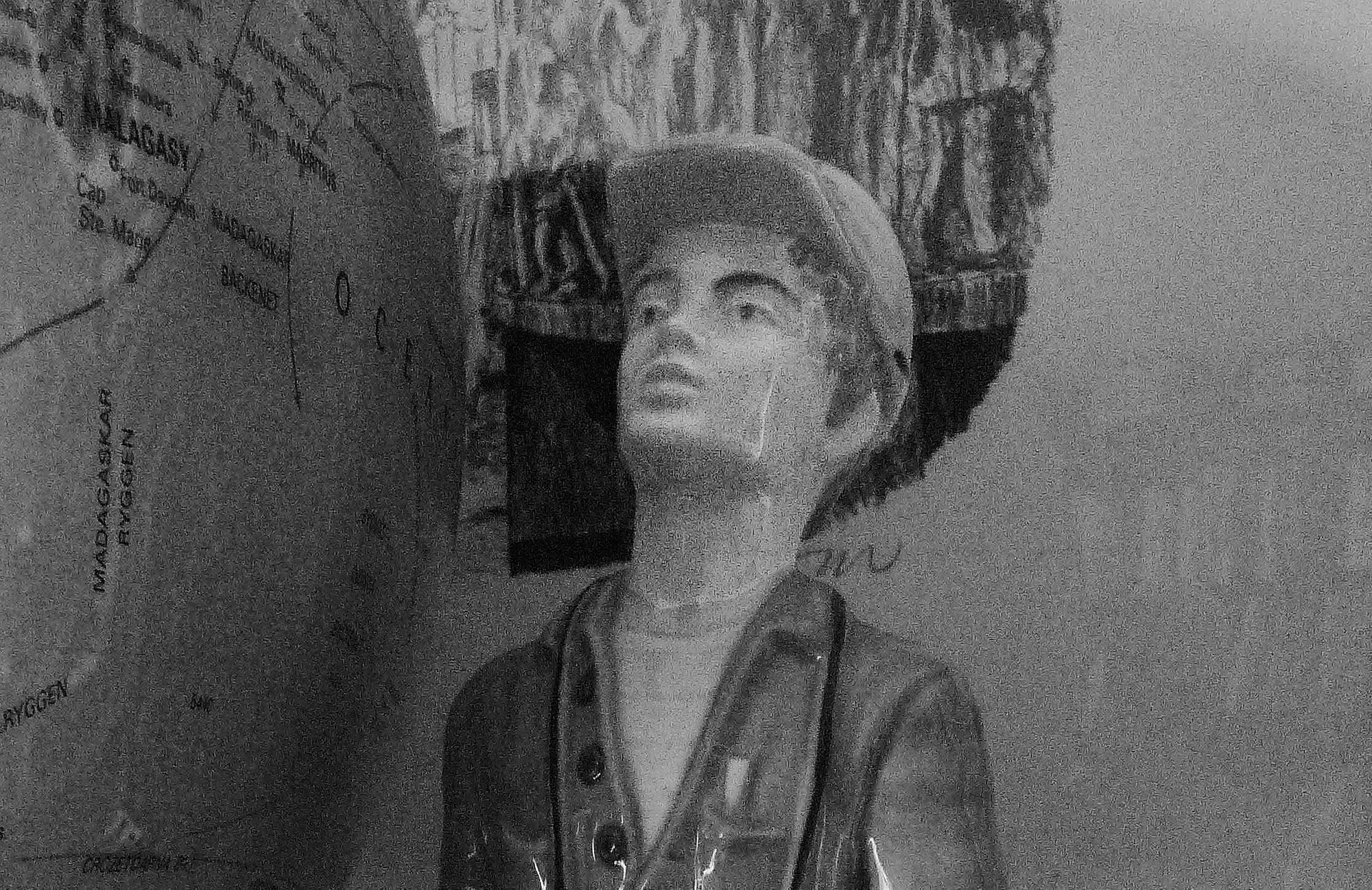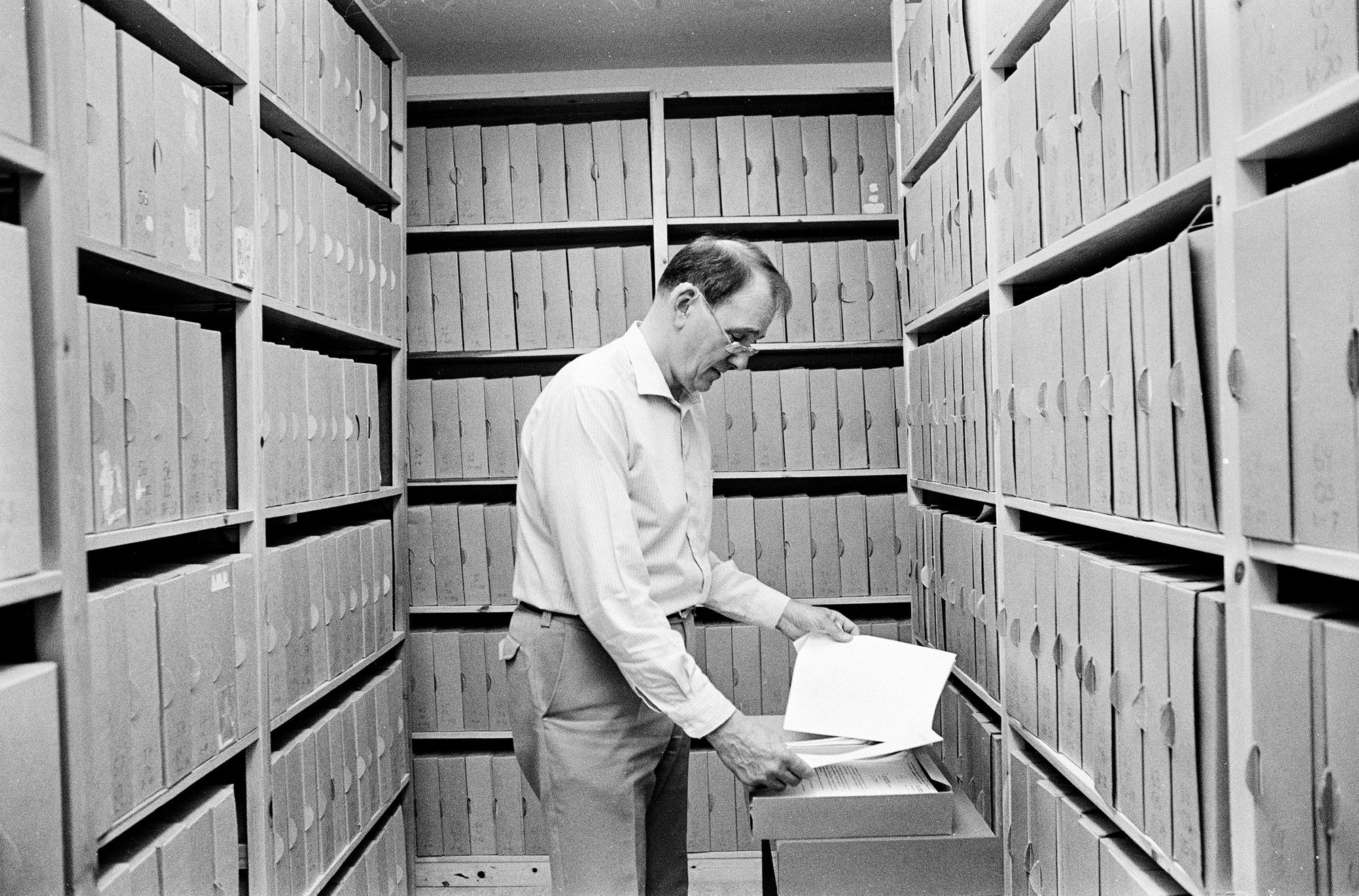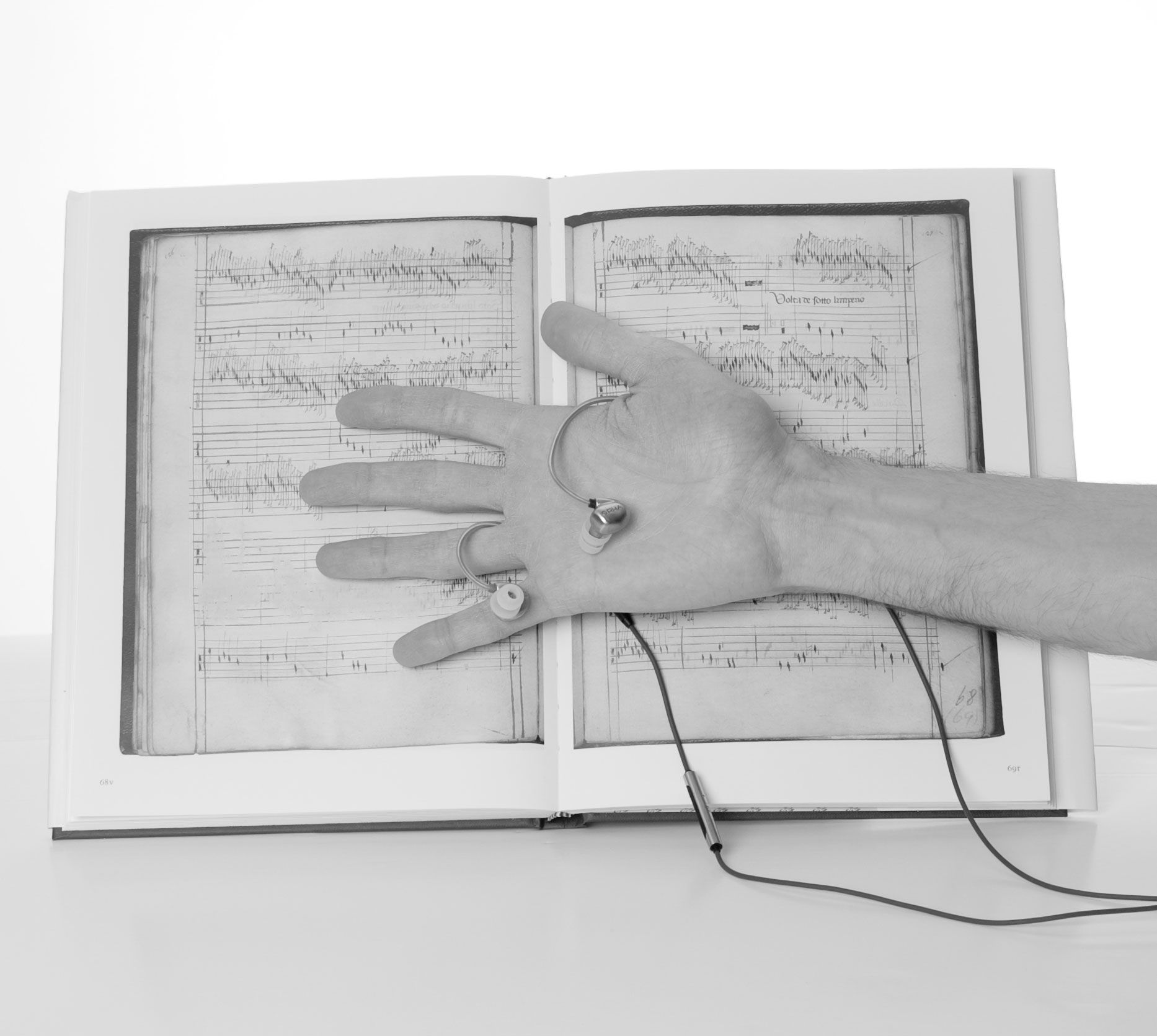VIS issue 3, History Now, presents expositions where artistic practices develop and explore historical manifestations in the now. The eight contributions attempt in different ways to recreate and reread the past. In doing so they create possibilities for reconsidering history rather than repeating it.
